How I Learned to Stop Worrying and ❤️ Using AI in Meetings
Leaders worry that using AI in meetings will reduce their team’s ownership for results. Experiments reveal four reasons not to worry.
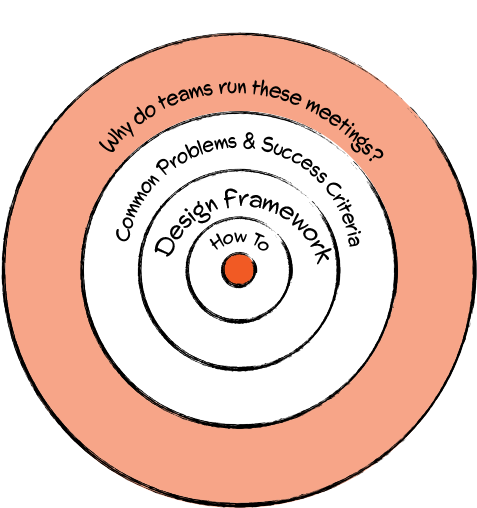
Want to quickly make an enormous impact on the meetings in your organization? Roll out an effective strategy for your Team Cadence and Progress Check meetings. Too much time wasted in unproductive meetings. Meeting overload. Zoom fatigue....

Several years ago I wrote an article for Inc. about 3 Powerful Ways to Help Your Team Cope With Tragedy. At the time, the tragedy was the burning of Notre Dame. Last week’s invasion of Ukraine resurfaced...
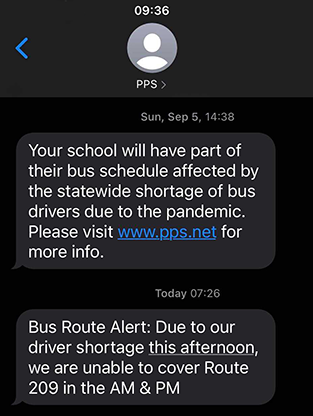
Right now, many teams are dealing with massive turnover. Reports on the “Turnover Tsunami” and “The Great Resignation” reveal staggering volatility across industries and countries. Have you driven past the restaurants in your area recently? If so,...

Most organizations host regular meetings involving everyone on their teams. These meetings go by many names: all-hands, all-staff, all teams, town halls, business update meetings, Teatime, TGIF, and more. This form of meeting, where you gather everyone...
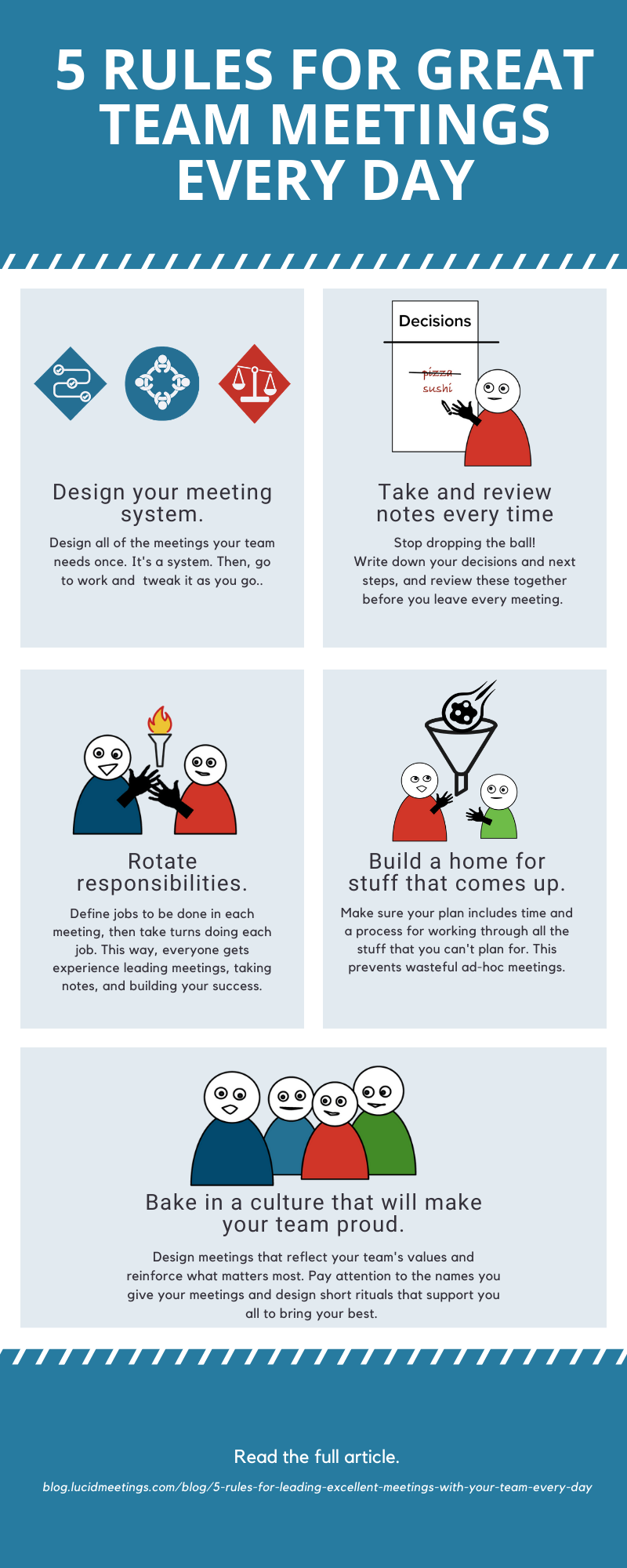
Successful businesses do the things that others know they should do …. but generally don’t. ~ Ari Weinzwig’s 7th Natural Law of Business So let’s talk about those things you need to do to run great everyday...

What happened? So what does that mean? Now what should we do going forward? In a retrospective meeting, you and your team work to answer these three questions together. When you’re reviewing a short event that just...
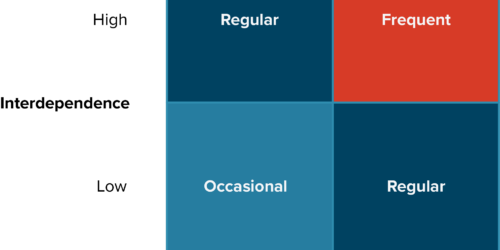
Too much time wasted in unproductive meetings. This remains a top contender on the list of workplace complaints, as it has been for at least 700 years. Some folks wrestling with this complaint assume that the solution...
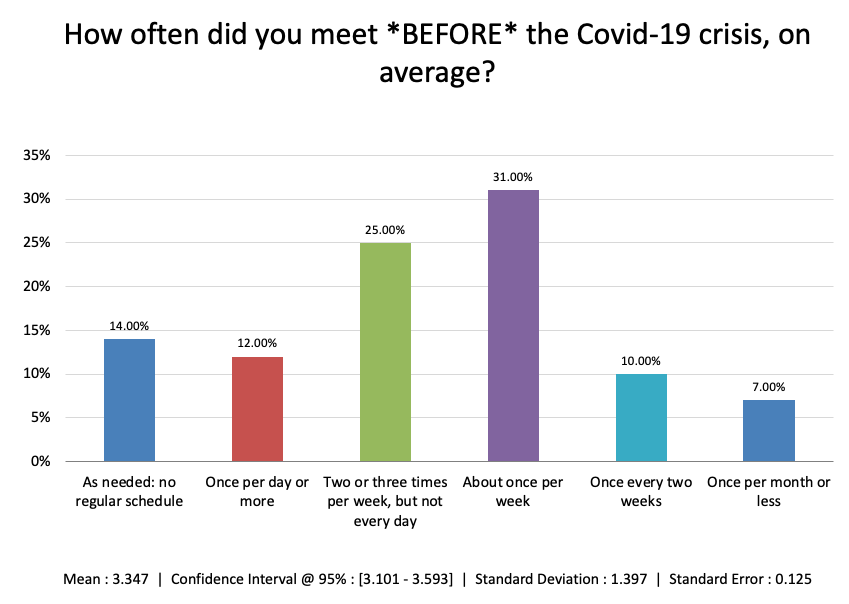
How often should your team meet, and how has that changed in response to the Covid-19 pandemic/economic upheaval? We collected data from teams around the globe to find out! Research Background This isn’t a question researchers can...